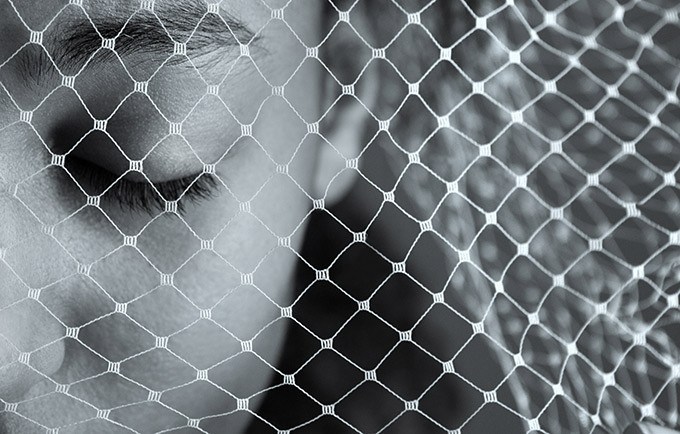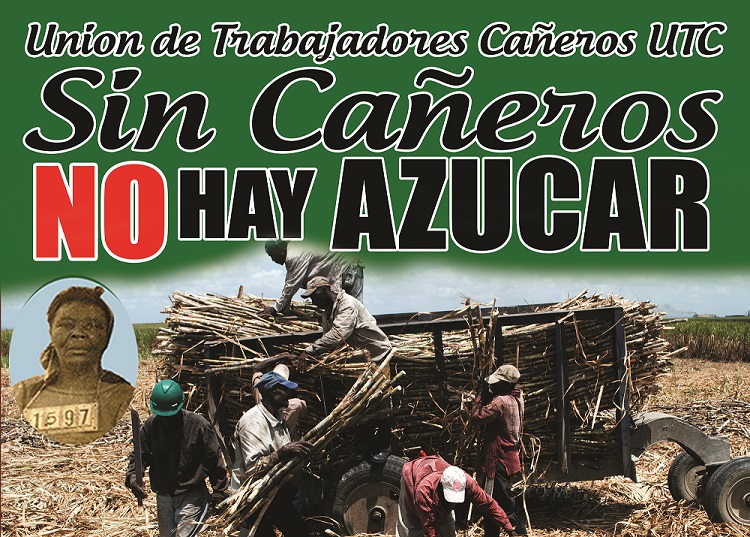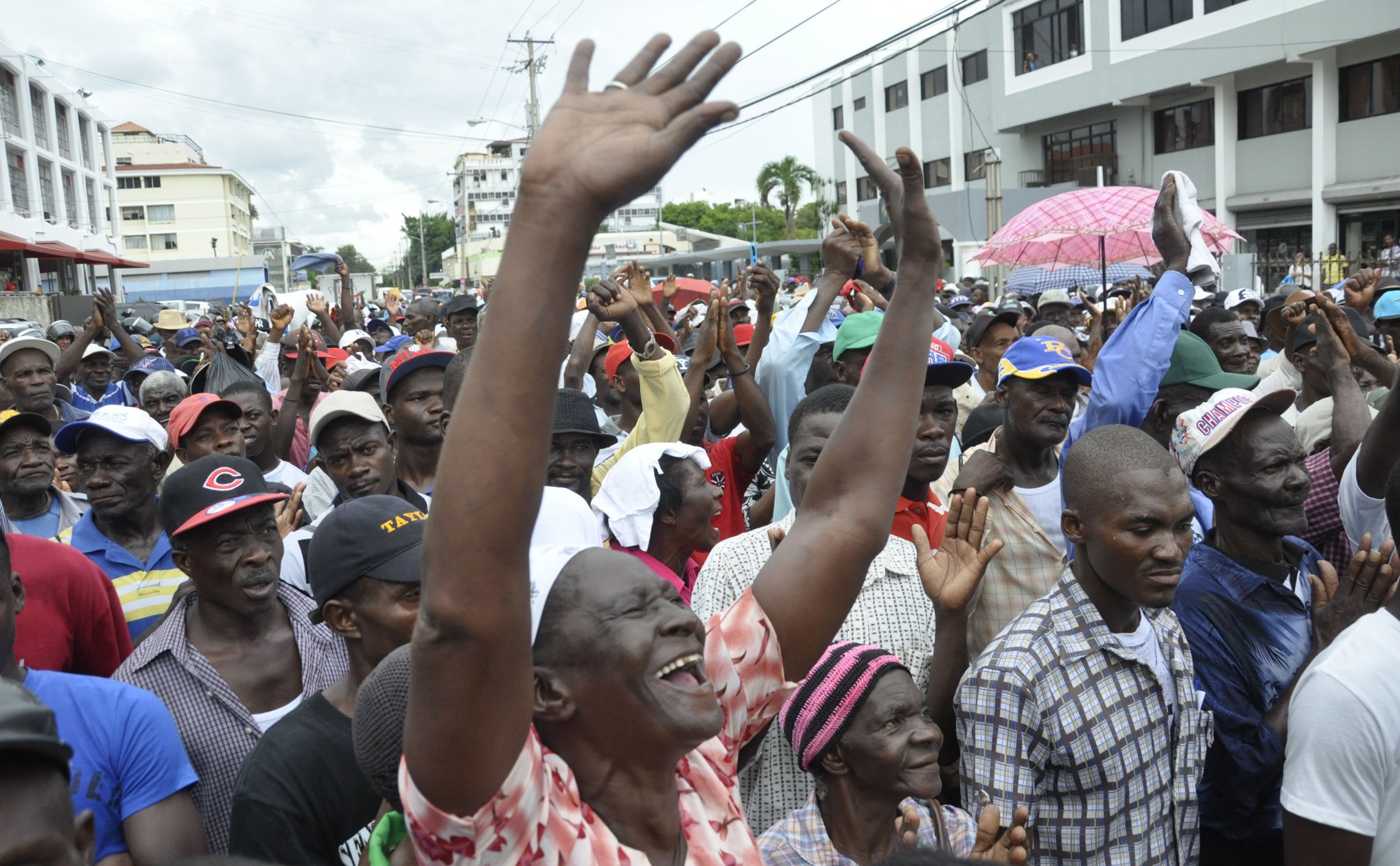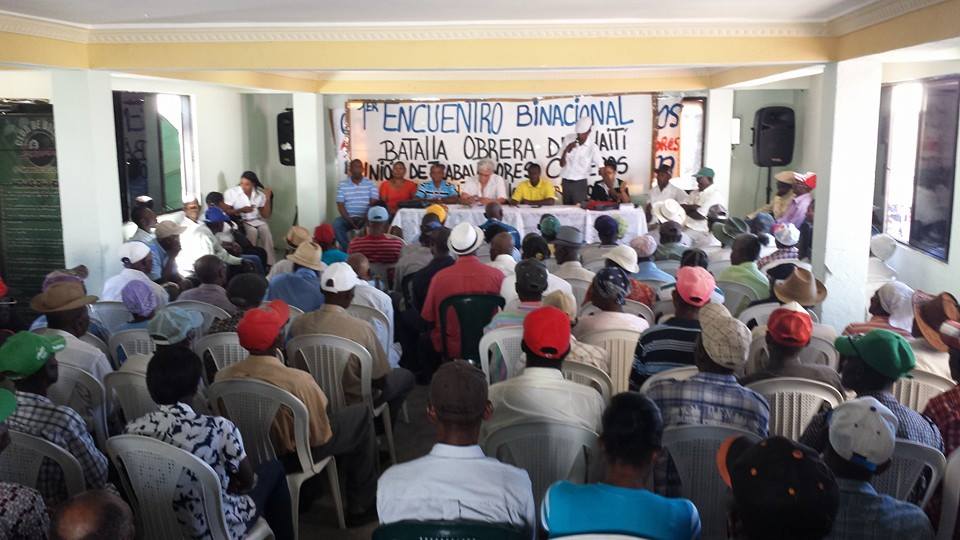
If ‘White Feminism’ is a Thing, Gender Identity Ideology Epitomizes It
Featured image: United Nations Population Fund. Opting in and out of sex-based oppression is something only the most privileged believe they can do.
by Raquel Rosario Sanchez / Feminist Current
When I was in grad school, I got into a heated debate with a classmate who insisted that “white feminism” was a serious problem in the women’s movement. The man (who was white and from the United States) argued that, “white feminism” meant that the women’s movement had centered the lives and experiences of only a select few — privileged white women in the US who traveled mainly in academic circles — “for most of its history.”
I told him I thought the term functioned as a tool to dismiss second wave feminists, glorify the (very problematic) third wave, and encourage infighting among feminists, creating divisions in a movement where collective struggle is crucial. His claim was at odds with the grassroots movement I’d grown up with in the Dominican Republic, which was obviously not led by women in the US (and certainly not by upper-class white women or academics). There are legitimate problems within feminism in my home country, particularly around class difference, but there is far more solidarity than animosity, and Dominican feminism has been consistent in addressing the struggles of rural, working class, and immigrant women.
Notably, during my time as an immigrant in the US, most of the people who complained to me about what they called “white feminism” were white themselves. I felt tokenized; like they wanted me, as a Dominican woman of colour, to validate them and their feminism. I became suspicious of all white people who used the term. Criticizing “white feminism” seemed to be a way for white people to present themselves as different, better white people — as cool, “intersectional” feminists who just happen to be white.
Now that I am back in the Dominican Republic doing shelter work, I believe my friend from grad school was right about one thing: white feminism is real. It is epitomized by gender identity ideology.
The current trend among third wavers, as well as among progressives, is to argue that we can ignore whether people were born male or female and instead use language like “genderfluid,” “multi-gender,” or “genderqueer.” But there’s a massive gap between this language — popularized within Gender Studies classrooms in the West — and the realities of marginalized women in countries like mine.
I’ve been thinking about what gender identity means in the context of the Global South. What does gender identity mean for women and girls who look like me? What does it mean for Dominican women and girls who are marginalized not just by sex, but by poverty, race, and xenophobia?
Recently, the Dominican Republic has been debating whether or not to outlaw child marriage. The country has the highest rate of child marriage in the Latin American and Caribbean region. According to a 2014 survey, 37 per cent of women who are between 20 and 49 years old got married (or became common law partners) before they were 18. The survey also shows that one in five girls between 15 and 19 are in a relationship with a man who is at least 10 years their senior. There is a strong correlation between child marriage and teen pregnancy, which can result in dangerous health complications for girls, like blood poisoning, obstructed labour, and high blood pressure. Indeed, teen pregnancy is the number one cause of death for teen girls worldwide. This is particularly worrisome because the Dominican Republic prohibits all abortion, even in the cases when the mother’s life is in danger.
Plan International, a children’s rights organization, published a study in March, looking at child marriage on the south side of the Caribbean island. They interviewed men who married underage girls, as well as the girls who “chose” these marriages. Almost 40 per cent of the men interviewed said they preferred younger girls because they were “more obedient and easier to control.” The study also revealed that many girls marry older men hoping to escape family violence and poverty, but then face violence from these men once they are married. One 15-year-old girl who was interviewed for the study said:
“I got married because I needed to run away from home. They were beating me. They used sticks. They wouldn’t trust me. One day I said: ‘I don’t want to live like this anymore.’ At home, there was a lot of fighting, one day in front of everybody, they beat me, in the middle of the street. So, I started working at a household. I was 11 years old. It was even worse there, the violence increased. I had to do all the chores, including washing all the clothes by hand. They wouldn’t even let me go to school and they never paid me because they said that they already gave me food. I was suffering a lot. I felt imprisoned I couldn’t even go to the park. I wanted to get married to leave all of that. I thought that if I got married I was going to be in a calm house, that I would be able to eat, sleep and go out. I didn’t know it wouldn’t be like that, like another hell.”
In the Dominican Republic, boys are not expected to clean or help raise their siblings — that is the responsibility of girls. Prior to marriage, 78 per cent of the girls who participated in the Plan International study said they were put in charge of doing household chores like cleaning and caring for their younger siblings. When girls were asked what it means to be a woman, most said that it meant being a mother and a wife.
Writer Caridad Araujo points out:
“Half of the women in Latin America who are in their [productivity years] are unemployed and the ones who do have a job earn considerably less than their male counterparts. For women in Latin America and the Caribbean, the wage gap becomes more exacerbated during their peak fertility years.”
This is because there is an expectation that women are inherently nurturing. Being forced into the position of caretaker translates to women having less savings, being promoted less, and accumulating less money in their pensions.
But gender identity politics reduces this reality — and womanhood itself — to a trivial, malleable identity. It is baffling that in a world where women and girls face structural oppression due to their biology, gender identity politics has thrived.
Susan Cox argues that: “The non-binary declaration is a slap in the face to all women, who, if they haven’t come out as ‘genderqueer,’ presumably possess an internal essence perfectly in-line with the misogynistic parody of womanhood created by patriarchy.” There’s a twisted, neoliberal cruelty in arguing that the primary problem with gender is its impact on the chosen identities of individuals, and not the way it operates systemically, under patriarchy, to normalize and encourage male violence and female subordination.
When confronted with evidence that, historically and globally, women’s oppression is sex-based, gender identity politics simply claims that sex itself is an “invented” social construct.
In an article at Quartz, Jeremy Colangelo writes:
“Sex and gender are much more complex and nuanced than people have long believed. Defining sex as a binary treats it like a light switch: on or off. But it’s actually more similar to a dimmer switch, with many people sitting somewhere in between male and female genetically, physiologically, and/or mentally. To reflect this, scientists now describe sex as a spectrum.
Despite the evidence, people hold on to the idea that sex is binary because it’s the easiest explanation to believe. It tracks with the messages we see in advertisements, movies, books, music — basically everywhere. People like familiar things, and the binary is familiar (especially if you’re a cisgender person who has never had to deal with sexual-identity issues).”
But feminists don’t argue that sex is real because it is “the easiest explanation to believe” or because of what the media tells us. We argue sex is real because from the moment an ultrasound reveals a baby is female, her subjugation begins. And though “gender identity” is presented as an issue feminism must contend with, it is, as Rebecca Reilly-Cooper explains, completely at odds with feminist analysis of biological sex as an axis of oppression:
“Women’s historic and continued subordination has not arisen because some members of our species choose to identify with an inferior social role (and it would be an act of egregious victim-blaming to suggest that it has). It has emerged as a means by which males can dominate that half of the species that is capable of gestating children, and exploit their sexual and reproductive labour.
We cannot make sense of the historical development of patriarchy and the continued existence of sexist discrimination and cultural misogyny, without recognizing the reality of female biology, and the existence of a class of biologically female persons.”
Far from fluid, the realities of sex-based oppression are strict and enforced through violence — this is particularly true for women of colour and women in poverty.
Presumably, the Romanian women and girls who are filling up brothels in Spain (six out of 10 prostituted women in Spain are from Romania) would like to opt-out of their gender. Evelyn Hernandez Cruz, the 19-year old girl who has just been sentenced to 30 years in jail in El Salvador for having a stillbirth, after being repeatedly raped by a gang member, surely would like to reject her status as “woman.” The 12-year-old girls in Kenya who are sold into prostitution by their families, desperate for money amidst regional droughts, probably don’t identify with being exchanged as if they’re commodities. Presumably the girls in Nepal who die from snake bites and low temperatures in menstruation huts are uncomfortable with the restrictions of their gender.
Even in the US, sex-based oppression is compounded through other forms of oppression, like race. According to a 2017 report, black women are four times more likely than white women to die from pregnancy-related complications, and are “twice as likely to experience a life-threatening complication during childbirth or pregnancy.” A study conducted by the Center for Disease Control and Prevention shows that half of the murders of women in the US are committed by a current or former partners and that black women are most likelyto die by homicide than all other demographics. It is fair to assume that this is not a reality these women “identify” with.
To argue that sex is not real and that gender is innate or chosen, instead of socially imposed, demonstrates both ignorance to the world around you as well as a position of privilege. In this way, we see that gender identity ideology literally is“white feminism”: a (so-called) feminism that ignores the material realities of the marginalized, centers the feelings and interests of the most privileged, and presents itself as universal. It is a “feminism” invented by academics in Western countries that does little to address the struggles of those outside these circles.
Cate Young defines white feminism as:
“A specific set of single-issue, non-intersectional, superficial feminist practices. It is the feminism we understand as mainstream; the feminism obsessed with body hair, and high heels and makeup, and changing your married name. ‘White feminism’ is the feminism that doesn’t understand western privilege, or cultural context. It is the feminism that doesn’t consider race as a factor in the struggle for equality.
White feminism is any expression of feminist thought or action that is anti-intersectional. It is a set of beliefs that allows for the exclusion of issues that specifically affect women of colour.”
Considering this definition, what do we make of a man claiming that eyeliner defines his “womanhood,” as Gabriel Squailia did this year in an article for Bustle? He writes:
“My politics and my eyeliner became inseparable. Projecting my own sense of beauty, without shame or hesitation, scared the hell out of my opponents. My look was my armor and my weaponry. Every day, my personal power has grown. Strength and security come from drawing lines on my lids, and from the visibility that follows.My sense of myself is personal, particular, idiosyncratic. It involves massive, complex issues of identity and politics. And all of this is present when I’m leaning into the mirror, getting my eyeliner wings just right.”
The ridiculousness of Squailia’s claim that makeup makes him a woman and that power, strength and security are easily available and acquirable through superficial means, is made ever more clear when contrasted with the day-to day realities faced by most women and girls around the world. In his piece, Squailia admits womanhood is something he has been able to put on and take off, as he pleased:
“I stopped wearing anything that scanned as feminine. I didn’t even own eyeliner for 20 years. And I said nothing when people took me for a straight, cisgender man.”
But women and girls oppressed for being born female don’t have the privilege of opting out of womanhood, and appropriating the male privilege of straight men. Patriarchy doesn’t care if women don’t like or relate to their subordinate role.
Many people who consider themselves progressive believe that by swearing allegiance to gender identity ideology, they demonstrate “intersectionality.” But if they truly cared about the intersections of sex, race, and class, they would center women and girls marginalized by those axes of oppression. Instead, progressives and queer activists are centering men who believe oppression is something you can opt in and out of. Surely, most women around the world would take offense at the notion the violence and injustice they suffer is a choice… Or that it has anything to do with eyeliner.




